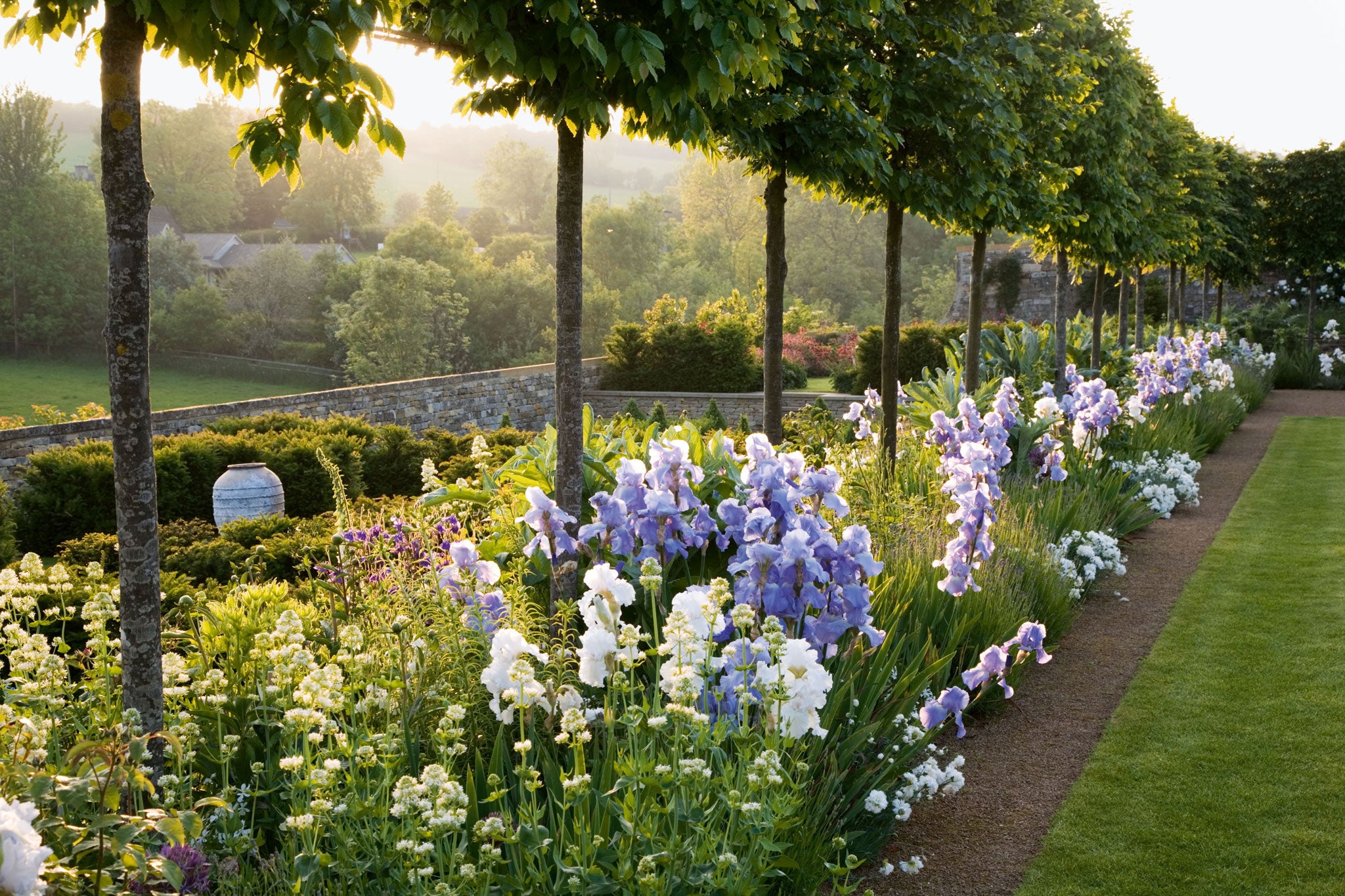Christmas gifts for the green-fingered: Stunning English gardens, Virginia Woolf's country bolt-hole and the art of growing bonsai

Tim Richardson's book The New English Garden (Frances Lincoln, £40) is the best kind of book to have by your side over Christmas. It is a big, lush production, superbly put together and is printed on thick paper that captures images beautifully. Most of the photographs are by Andrew Lawson (nobody is better) and they are well used, in luscious double spreads of reflecting pools and stilt hedges, bamboo groves and bananas, eremurus ("compulsory" in Noughties planting, says Richardson) and stipa.
So, in your mind, you might already have glued this book to the coffee table. Don't. Richardson is a terrific writer, noting the "histrionic form" of pampas, the "rapidly episodic" nature of the planting in London's Olympic Park. Walking among the great yew topiaries at Packwood House, he says, is "like attending some Mesolithic cocktail party". He is also the only person in England – possibly the world – who can make you feel that a conceptual garden (Plaz Metaxu in Devon for instance) is a place you'd actually like to be in.
Among the 25 gardens he discusses, the author includes Packwood, Cottesbrooke and Great Dixter, all of which have long, distinguished pedigrees, so cannot exactly be called 'new'. But Richardson offers a robust defence of the gardens he has chosen. He is looking for evidence of new thinking and new ideas, but not necessarily in places that have been made from scratch.
In his essays on individual gardens, he frequently pays tribute to designers, particularly those of the Arts and Crafts period such as Lutyens, Robert Weir Schultz and Norman Jewson, who provided the bones essential to the success of the new clothes which now dress them. Even in a garden as uncompromising as Christine Facer's at Througham Court, Gloucestershire (made in the Charles Jencks mode of 'cosmic gardening'), Richardson notes the importance of Jewson's stonework in underpinning more transient modern additions.
The great strength of The New English Garden is to show what a various creature that garden is. Perhaps there is a general trend towards more naturalistic planting: plenty of daisyish things (echinacea, helenium, rudbeckia), plenty of phlomis, plenty of persicaria. Perhaps the current zeitgeist is founded, as Richardson says, "on repetition of key plants, with a strong emphasis on structure and form".
Nevertheless, the overall impression this book gives is not about conformity, but delicious variety, from Julian and Isabel Bannerman's "good-humoured flavour of fantasy Gothicism" to Christopher Bradley-Hole's commitment to the doctrines of "functionalism, asymmetry and architectural unity". We've never had so many good garden makers working in this country and Richardson celebrates not only designers, but gardeners who have had an important influence, such as Mick Evans at Packwood and Fergus Garrett at Great Dixter. It's particularly good to see Dixter in these pages, gardened now at a level probably unmatched anywhere in the world. As head gardener Garrett says, "there is always laughter". How much of that is there among the dogmatic gurus of the grasses?
Bonsai: A Patient Art by Susumu Nakamura and Ivan Watters (Yale, £30) celebrates the world-class collection of bonsai held at the Botanic Garden > in Chicago. The garden was given its first bonsai (three lacebark elms on a rock) in 1973. Now it has more than a hundred display-quality trees, with another 140 "in training" as Kris Jarantoski, director of horticulture, puts it.
I never understood the appeal of bonsai until I saw them displayed in gardens in China and Hong Kong, set out in carefully chosen positions, in very beautiful ceramic dishes, each one serenely occupying its space like some celestial sculpture.
This book gives us 62 portraits of individual bonsai and they respond well to the treatment. Unlike most plants, bonsai stay very still. The portraits allow us to admire the balance, the detail and the carefully concealed artifice.
Certain trees have long been favourites among bonsai artists: pines, the Chinese elm (Ulmus parvifolia), the dawn redwood, spruce, juniper. All of these have foliage that is naturally neat and compact. To my eye, the gardenia and flowering quince shown here do not look as comfortable, because the flowers remain just as big as they usually are while the overall size of the tree is dwarfed. They look as though they have been shrunk by a magic potion rather than the bonsai artist's hand.
The art of creating bonsai is guided by two fundamental principles – wabi, which translates roughly as calm or quiet, and sabi which means simple or old. Although this is not intended as a how-to book, there is an excellent introduction to the art, showing the various forms – cascade, root-over-rock, driftwood, grove – which have evolved over the years. Above all, it is a book that teaches you how to look at and how to appreciate these extraordinary creations.
Virginia Woolf's Garden (Jacqui Small £30) is written by Caroline Zoob who for 10 years was the National Trust's tenant at Monk's House, the Sussex home that Woolf lived in with her husband, Leonard. He was the gardener and, pressed between the pages of his autobiography, I still have the cornflowers that he picked for me when I went down to film him at the Monk's House. The garden I remember was more ramshackle than the pretty place shown here, but Zoob's book is enchanting and full of excellent excerpts from the Woolfs' letters and diaries. The sepia photographs are particularly touching, the Bloomsberries at play in that all-too-short lull between one world war and the next.
Subscribe to Independent Premium to bookmark this article
Want to bookmark your favourite articles and stories to read or reference later? Start your Independent Premium subscription today.

Join our commenting forum
Join thought-provoking conversations, follow other Independent readers and see their replies